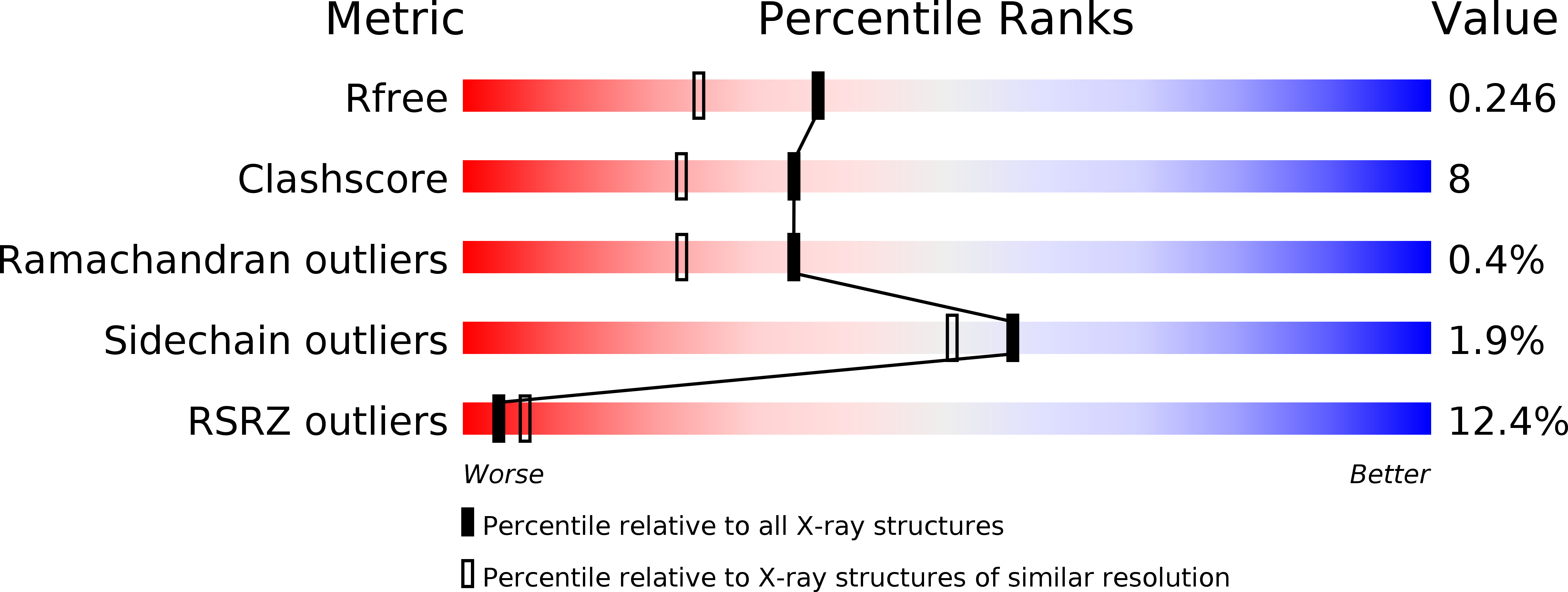
Deposition Date
2005-10-19
Release Date
2006-07-05
Last Version Date
2024-11-06
Method Details:
Experimental Method:
Resolution:
1.95 Å
R-Value Free:
0.24
R-Value Work:
0.19
R-Value Observed:
0.20
Space Group:
P 42 21 2


